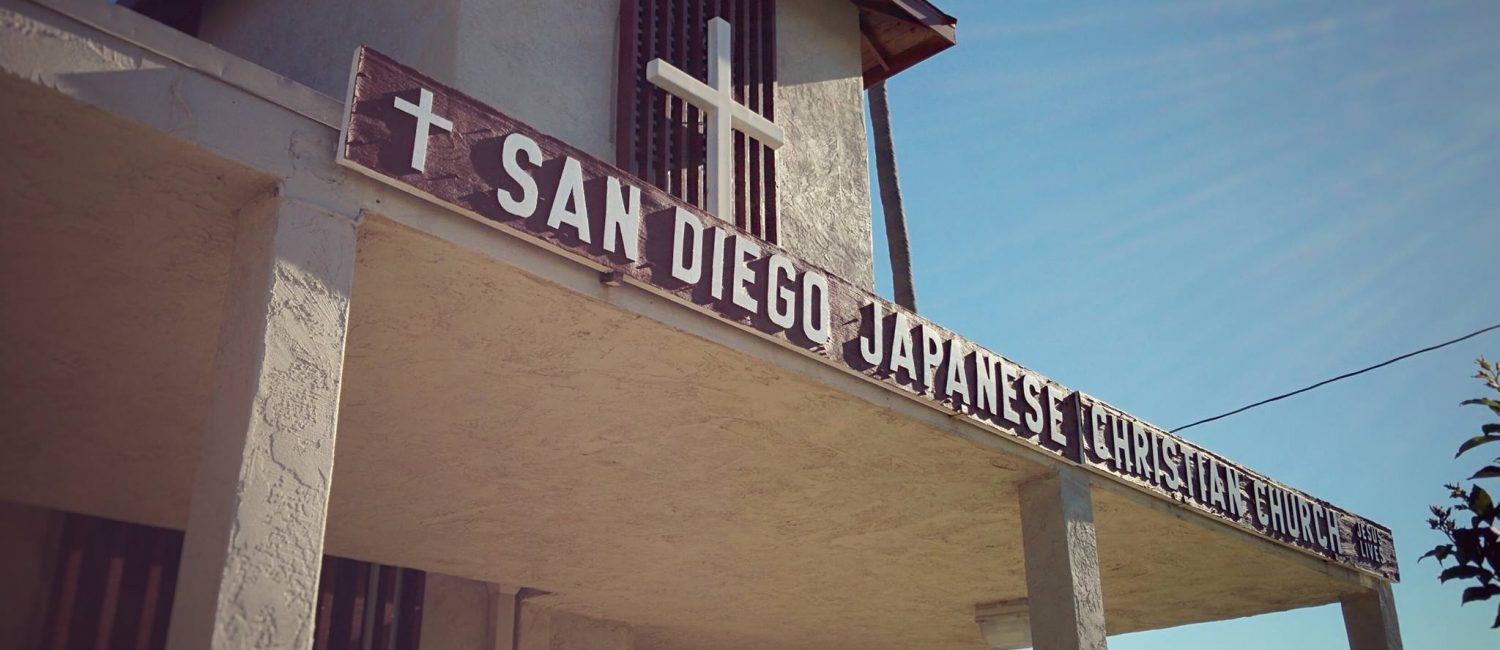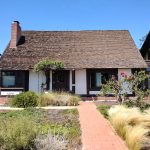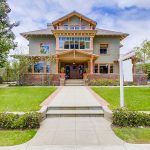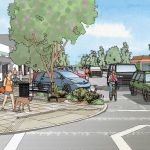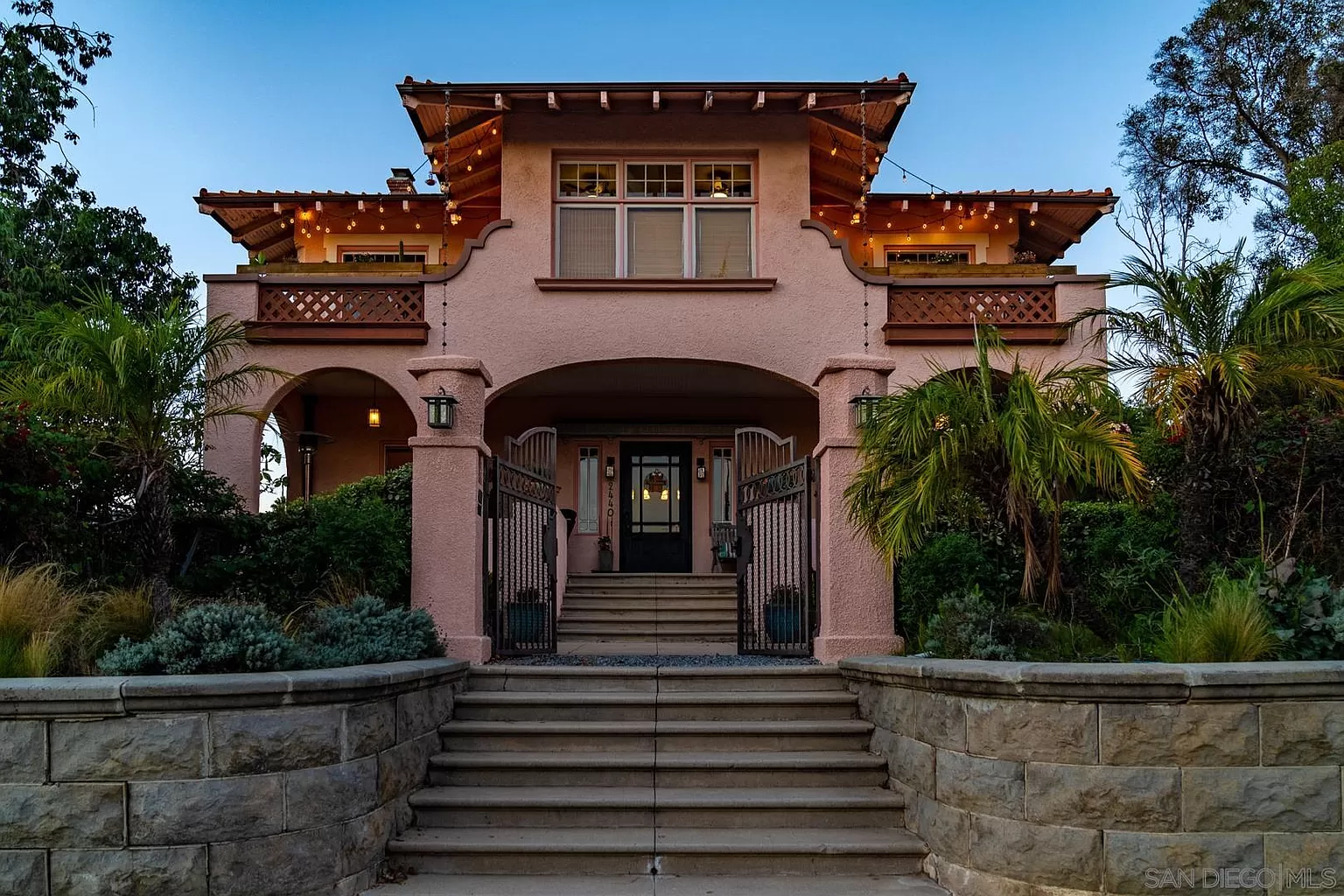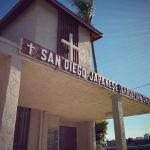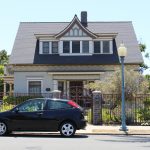This article was originally published on May 24, 2013 in the San Diego Free Press. It was written and researched by Jim Miller.
It’s easy to miss, tucked away at the elbow of 19th and E streets just above Interstate 5: the Japanese American Christian Church in Golden Hill (サンディエゴ日本人教会). You’d most likely drive past this humble place of worship on the way up Broadway without noticing it, but if you happened to be on a stroll down E Street looking at the nice old houses, you’d stumble upon it after the bigger homes give way to a series of California bungalows. It’s there before E turns right into 19th.

Across the street from the church, a chain-link fence lines the sidewalk above the 5 where the homeless set up camp on a regular basis before they are swept out and relocated only to return again when the police shift their attention elsewhere.
Historically, the church itself is a product of a relocation of a different sort. As my City College colleague, historian Susan Hasegawa informed me, it was originally founded as the Japanese Holiness Church by Christian Nikkei (immigrants and their descendants) in 1930 and located on Newton Avenue. Sponsored by the Oriental Mission Society, the church focused its efforts on outreach to Issei (first generation immigrant) farmers.

As Hasegawa notes in “Returning Home: The Post-World War II Resettlement of Japanese Americans to San Diego,” in the early part of the 20th century the local Nikkei population “grew from about from around 25 in 1900 to over 2000.” During that period, the intersection of 5th and Island was the center of the Nikkei business district where:
[T]here was an array of small Japanese businesses including retail outlets, American-style coffee shops, Japanese restaurants, pool halls, hotels, and liquor stores. Within a two-block radius of Fifth and Island, there were over 35 Nikkei-owned businesses. Between trips, Issei fishermen relaxed in the pool halls. On the weekends, the area bustled with Nikkei farmers from Mission Valley and Chula Vista on their weekly supply run into town. Interspersed with Nikkei businesses were Caucasian-owned businesses, including two second-hand clothing stores and liquor stores, and several Filipino-managed shops. Nonetheless, the Fifth and Island area was commonly known as the Japanese business district. Although the Great Depression had exacted a toll on the Nikkei community, on the eve of World War II, Fifth and Island represented the beating heart of San Diego’s Nikkei community.

Of course, the bombing of Pearl Harbor and the subsequent internment of Japanese-Americans during the war brought a brutal end to all of this. And if the great injustice of internment was not enough, after the executive order was rescinded in 1944, Japanese-Americans had to deal with continued racism, employment discrimination, housing issues, and many other hurdles. Nonetheless, as Hasegawa notes, about “45 percent of the prewar population of San Diego County” took their $25 allowance and one-way train tickets and returned to San Diego.

Despite their troubles, many of San Diego’s returning Japanese-American residents found work as fishermen (who the union hired back freely), gardeners, farmers, cannery workers, and small businessmen and started the long struggle to re-establish their lives and community. They endured racist threats, economic boycotts, and opportunistic political demagoguery, but persisted nonetheless.
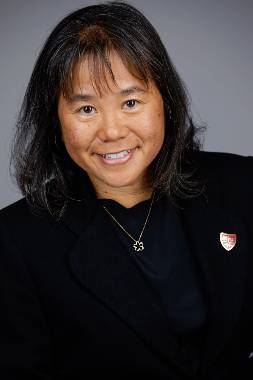
Temples and churches were central social centers aiding in the process of rebuilding the community. Hasegawa again notes in her article that the Japanese American Christian Church, which moved to the corner of 19th and E after World War II, worked slowly but steadily to re-establish its flock: “Under Reverend Okimoto, the Japanese Christian Church reconvened in 1945 with a congregation of three. Reverend Yahiro replaced Okimoto and slowly built up the congregation by ‘intensive visitation ministry’ to the Nikkei community. During the late-1940s, church activities expanded to Sunday school classes and bilingual services in Japanese and English.”
Hasegawa explained to me that, “The church eventually attracted numerous Shin Issei (post-1965 Japanese immigrants) and hosted a senior nutrition program, providing weekly meals for seniors in the community.” In a separate interview project, she asked a member of that congregation about its history, growth, and character, and Mr. Yamate explains that:
Yes, we grew gradually. We’re not very large and it’s declining now. We made our biggest growth when we sold our church on Webster Street [South San Diego]. It was in a real deteriorating part of San Diego. In fact, it was close to Imperial Avenue. We sold that. We were going to expand it, but didn’t. We had an opportunity to buy this church on 19th Street and Broadway, on the eastern edge of downtown San Diego. It’s a good size church. The Swedish Covenant people built that in 1915, and they needed to move. All these members were moving out of downtown. They built a beautiful church in Clairemont [a suburb of San Diego]. We’re located centrally now, downtown. [Highway] 94 comes in there. [Interstate Highway] 5 and [Intrastate Highway] 805 are close by. No one lives near [the church]. They come from Mira Mesa, [the] Del Mar Heights area, Chula Vista, Spring Valley, all over. No one lives close to our church. It’s more a metropolitan church, rather than a community church.

Thus the Japanese American Christian Church is located in Golden Hill, but it is more of a focal point for San Diego’s Japanese-American population than a product of Golden Hill itself. And it is still quite active urging support for the victims of the earthquake and tsunami in Japan, running youth programs, and holding services in Japanese and English every Sunday. A living monument to perseverance, it’s one of the places where after having everything taken away from them, San Diego’s Japanese-American community was reborn.
About the Author
Jim Miller, a professor at San Diego City College, is the co-author of Under the Perfect Sun: The San Diego Tourists Never See and Better to Reign in Hell, and author of the novels Drift and Flash. His most recent novel is Last Days in Ocean Beach.
Church Service Times & Directions
Bilingual Worship Service
10:30am PST (doors open 10:20am)
バイリンガル 礼拝
10:30am PST(10:20am 入場開始)
Pre-K and Elementary Sunday School
幼稚園・小学生 サンデースクール
10:30am – 11:30am
Please contact us for more info
詳しくはお問い合わせください
Address 住所
1920 E Street
San Diego, CA 92102
